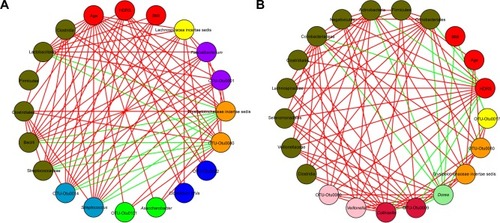Figures & data
Figure 1 Obvious differences in gut microbial composition between female MDD patients and HCs.
Abbreviations: MDD, major depressive disorder; HCs, healthy controls.
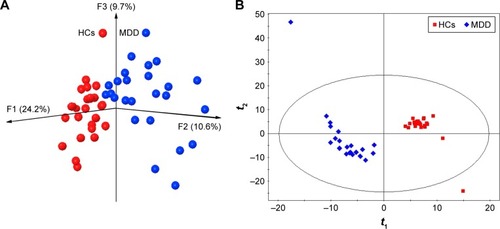
Figure 2 Obvious differences in gut microbial composition between male MDD patients and HCs.
Abbreviations: MDD, major depressive disorder; HCs, healthy controls.
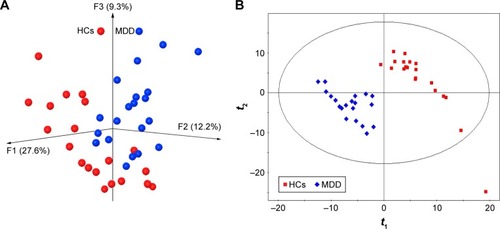
Figure 3 Heat map of differential operational taxonomic unit abundance between female MDD patients and HCs.
Abbreviations: MDD, major depressive disorder; HCs, healthy controls.
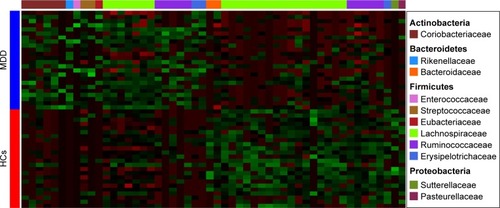
Figure 4 Heat map of differential operational taxonomic unit abundance between male MDD patients and HCs.
Abbreviations: MDD, major depressive disorder; HCs, healthy controls.
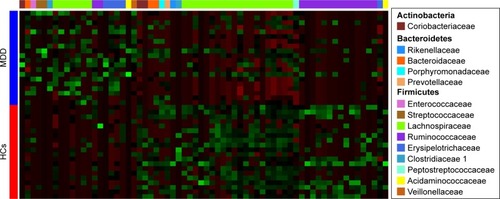
Figure 5 Taxonomic differences in gut microbiota in female subjects.
Abbreviations: MDD, major depressive disorder; HCs, healthy controls; LDA, linear discriminant analysis.
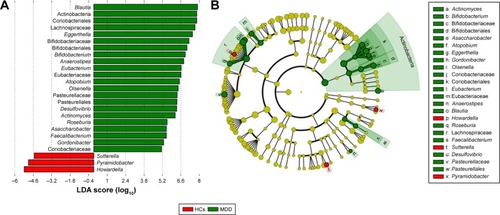
Figure 6 Taxonomic differences in gut microbiota in male subjects.
Abbreviations: MDD, major depressive disorder; HCs, healthy controls; LDA, linear discriminant analysis.
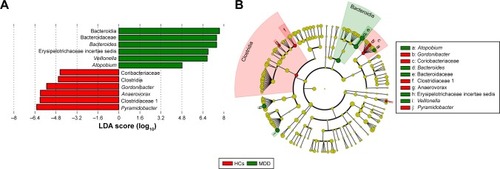
Figure 7 Associations among demographic data (age, BMI, and HDRS) and gut microbiota.
Abbreviations: BMI, body-mass index; HDRS, Hamilton Depression Rating Scale; MDD, major depressive disorder.
